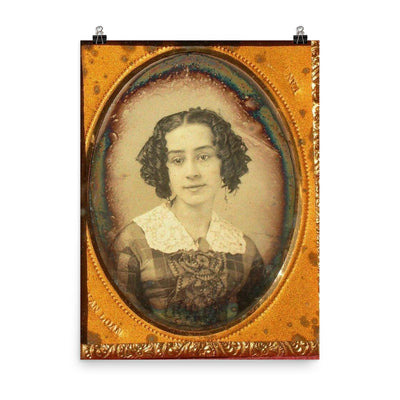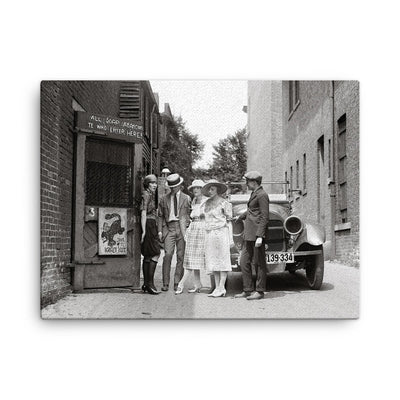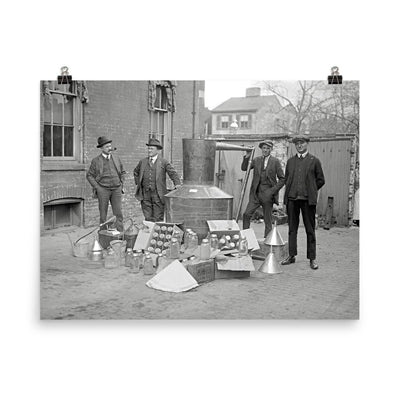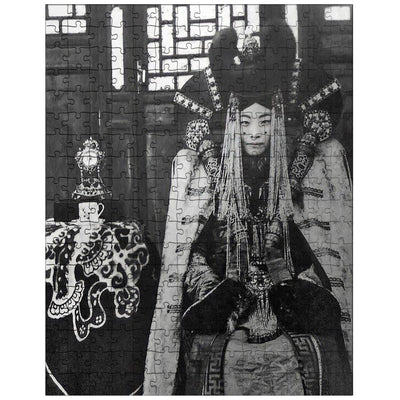Henrietta Lacks: A Legacy That Changed the World
The Beginning of a Medical Revolution
Henrietta Lacks was born in 1920 in Virginia and lived a quiet life as a wife and mother until her untimely death from cervical cancer in 1951.
Little did she know that her cancer cells would be the starting point of a medical revolution.

The Discovery of the "Immortal Cells"
During Henrietta's treatment, a sample of her cancer cells was taken without her knowledge or consent and sent to a laboratory at Johns Hopkins Hospital. There, researchers discovered that her cells were unique – they could be kept alive and grow indefinitely, a first in medical history.
The HeLa Cells: A Breakthrough in Medical Research
Henrietta's cells were named HeLa and soon became the most widely used human cell line in medical research. They were used to develop the polio vaccine, study cancer, and even helped with space exploration. The HeLa cells were a crucial tool for medical advancements, leading to new treatments, drugs, and a deeper understanding of diseases.

The Legacy of Henrietta Lacks
Henrietta's story was largely unknown for decades, but in 2010, Rebecca Skloot published the book "The Immortal Life of Henrietta Lacks," bringing her story to the forefront.
Today, Henrietta is remembered as a pioneer in medical research and an important figure in the fight against cancer.

HeLa Cells up-close on an electron microscope
Celebrate the Legacy of Henrietta Lacks
Henrietta's legacy continues to inspire and her story serves as a reminder of the vital role that individuals can play in advancing science and medicine.
Celebrate the life of this unsung heroine and the impact she had on modern medicine with one of our Henrietta Lacks prints.
These vibrant pieces will not only serve as a visual reminder of Henrietta's legacy, but also as a symbol of the power of scientific advancement.



































































